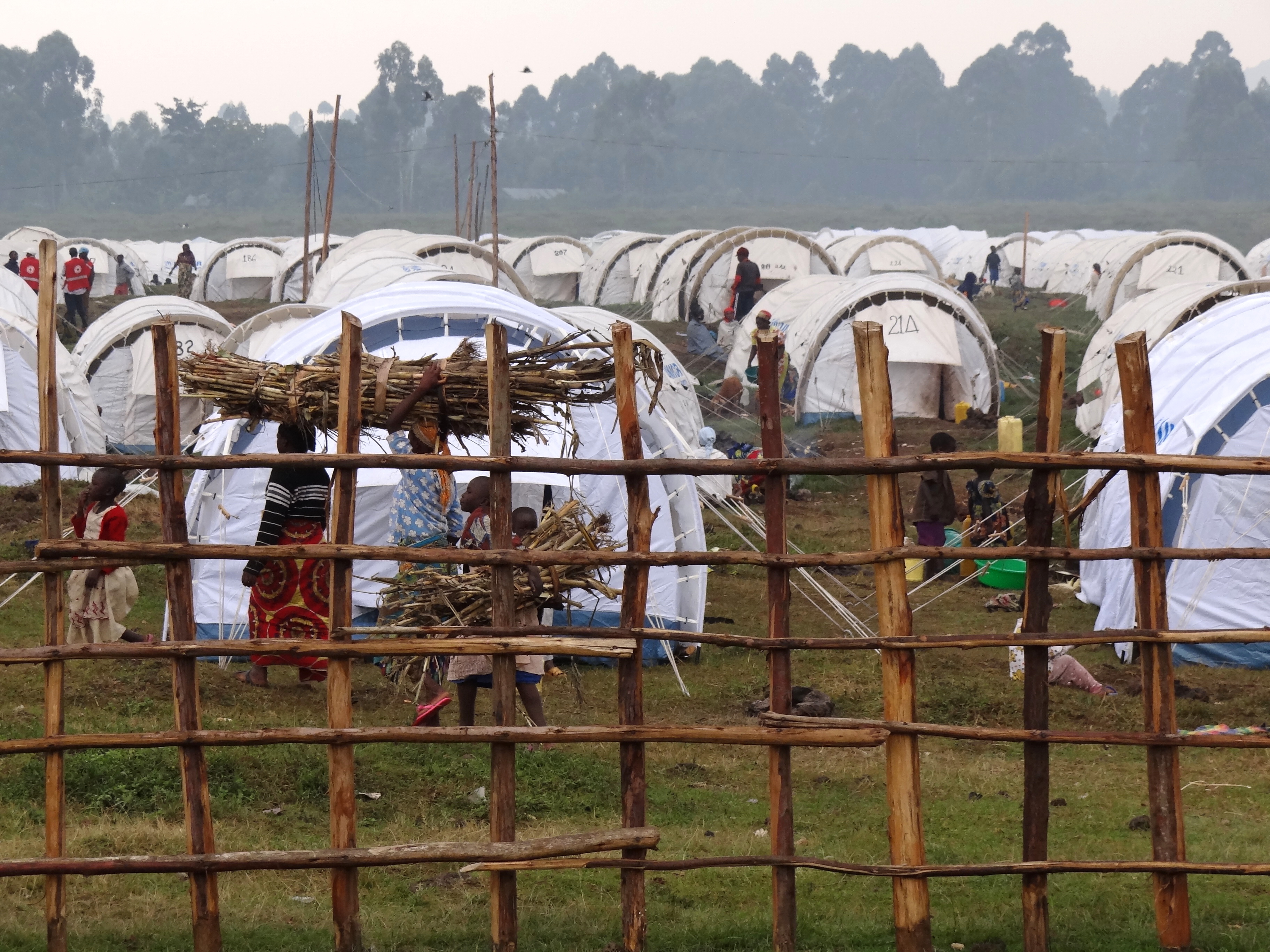The Education Response Plan (ERP) is the first of its kind worldwide and represents a huge policy step forward for refugee education globally. It sets out exactly how to address a crisis where more than half a million children are out of school. 57% of refugee children in Uganda (at least 353,000) and 34% of local children in refugee-hosting districts (around 171,000) do not have access to education.
Uganda hosts the largest number of refugees in Africa, and is one of the top refugee-hosting countries worldwide. The Plan, which was developed within the framework of the Comprehensive Refugee Response Framework (CRRF) recently adopted by all nation-states, confirms Uganda’s leading global role. At country level, the Office of the Prime Minister (OPM) and the Ministry of Local Government, with UNHCR playing a catalytic role, coordinates implementation of the Framework.
More refugees continue to arrive daily, with most fleeing from extreme violence in South Sudan, Democratic Republic of Congo and other conflict-affected countries. More than 130,000 have arrived this year alone, and at least 61% are children under the age of 18. The influx is putting a severe strain on already limited school resources in local communities. Many classrooms have no walls or electricity and lacking latrines and basic sanitation facilities that are needed to accommodate so many children safely and with dignity. There is also a drastic shortage of teachers and basic materials such as books and desks.
Uganda hosts the largest number of refugees in Africa, and is one of the top refugee-hosting countries worldwide. The Plan, which was developed within the framework of the Comprehensive Refugee Response Framework (CRRF) recently adopted by all nation-states, confirms Uganda’s leading global role. At country level, the Office of the Prime Minister (OPM) and the Ministry of Local Government, with UNHCR playing a catalytic role, coordinates implementation of the Framework.
More refugees continue to arrive daily, with most fleeing from extreme violence in South Sudan, Democratic Republic of Congo and other conflict-affected countries. More than 130,000 have arrived this year alone, and at least 61% are children under the age of 18. The influx is putting a severe strain on already limited school resources in local communities. Many classrooms have no walls or electricity and lacking latrines and basic sanitation facilities that are needed to accommodate so many children safely and with dignity. There is also a drastic shortage of teachers and basic materials such as books and desks.



